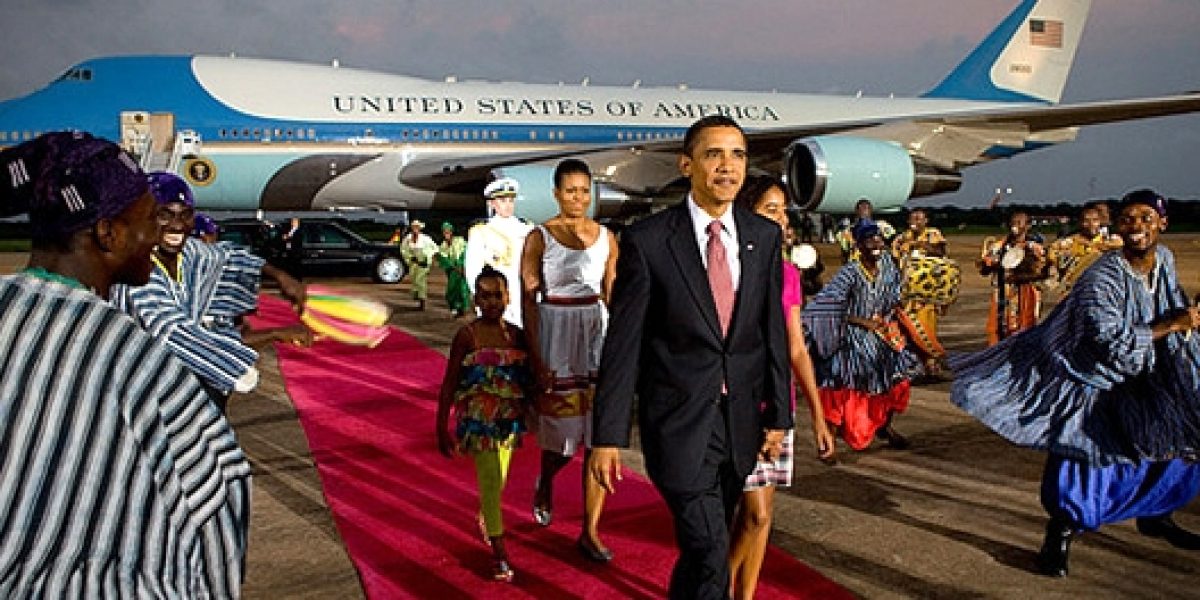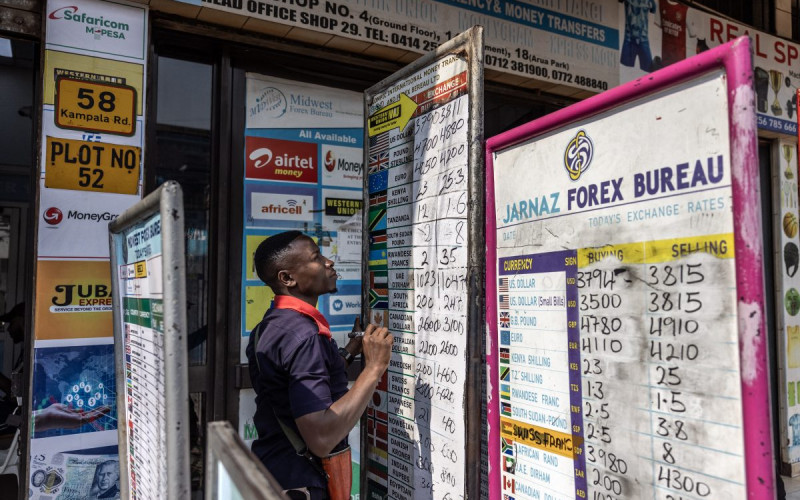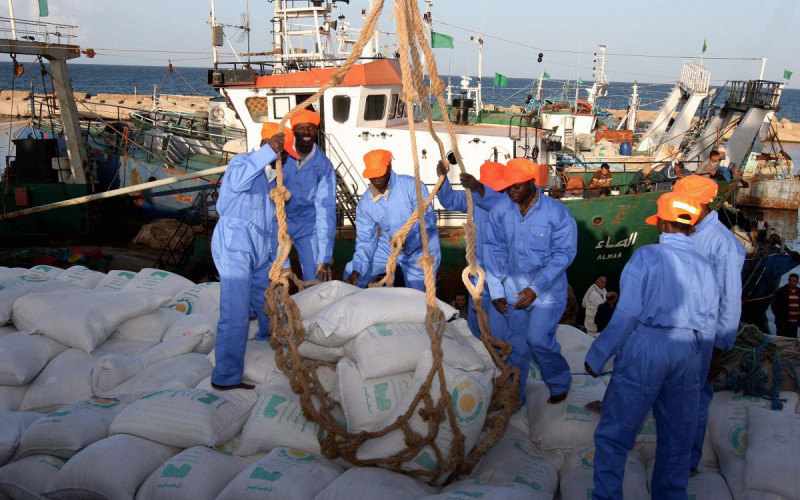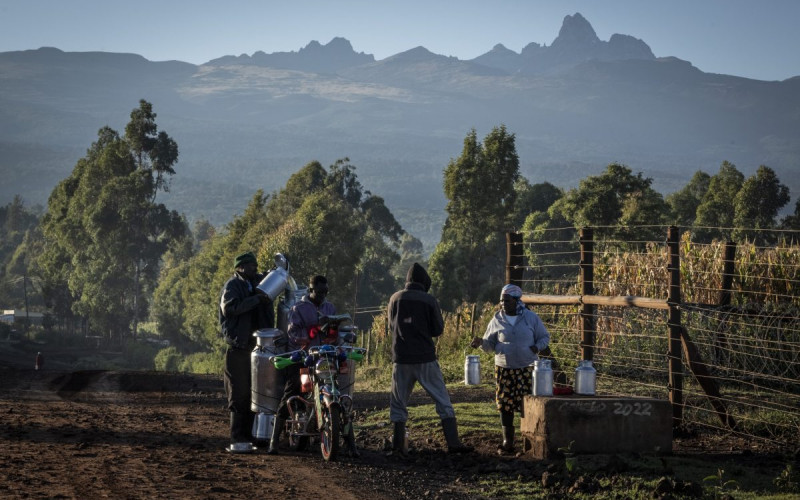This could cover any number of issues and will be a fairly wide-ranging discussion. What is not clear is where the two governments’ very different trade-policy trajectories will converge. South Africa shows little appetite for bilateral engagement on trade and investment, while the US is looking beyond the World Trade Organisation (WTO) to what it can achieve through regional negotiations.
South Africa has a long-standing commitment to progress in the Doha Round of WTO negotiations and a strong multilateral trading system remains at the heart of South Africa’s trade policy. There is resistance in the government to pursue far-reaching, modern trade agreements at the bilateral and regional levels. The most recent agreement with Mercosur was limited in its coverage and has yet to come into force.
Negotiations over a preferential trade arrangement with India are limping along because of the unwillingness of South Africa’s stakeholders to engage in broad-based negotiations. While there has been much rhetoric in support of an innovative African approach between southern and eastern African partners, there is slow progress. South Africa has yet to step up as a driver of a far-reaching tripartite free-trade agreement with real commercial value for exporters and investors.
The US has shown little willingness to actively contribute to resolving the deadlock in the WTO. It has decided to take an alternative approach that focuses on what some have termed “megaregional” trade agreements. The first phase of the Trans Pacific Partnership negotiations is due to be concluded in October. This US-led initiative will include many of the Pacific Rim and Asian countries that are key competitors of South Africa or potential markets for our exports in the future, such as Australia, Mexico, Chile and Malaysia. Negotiations have not been transparent, but the little information available indicates it is likely to be a far-reaching arrangement that will go beyond WTO provisions in a number of areas.
Similarly, the US and the European Union launched the Transatlantic Trade and Investment Partnership talks on June 17 on the margins of the Group of Eight summit. This ambitious endeavour seeks to address far more than simply the tariffs on goods traded between the members. It is expected to cover many of the issues that challenge business today, such as trade in services, investment, standards, regulations and competition policy. Such an agreement between countries that account for a third of global trade will have a profound effect on the multilateral trading system in years to come.
What does this mean for South Africa? There could be implications for our exporters. For example, most of the exports of cars manufactured in South Africa by European firms are destined either for the US market or for countries that will be part of the Trans Pacific Partnership area. It can therefore be expected that decisions by automotive firms will take into consideration the efficiency of manufacturing in and exporting from South Africa when there are arrangements in place to facilitate trade and investment directly between the countries involved.
Trade between South Africa and the US on some products takes place on preferential terms under the African Growth and Opportunity Act (Agoa). Other exports enter the US market duty-free under the generalised system of preferences. These are unilateral US arrangements that are periodically reviewed by Congress. The beneficiary countries have little say in their coverage, terms and duration.
Shifts in the global economy can affect whether US law makers will continue to extend trade benefits to a middle-income country such as South Africa. Agoa cannot be compared to what will be the reciprocal arrangements being negotiated by the US with other partners.
Agoa is due to be renewed again in 2015 and warrants a mention during Obama’s visit. In discussing the future of trade relations with one of its most important partners, South Africa would do well to bear in mind the developments in other regions and to take a long-term approach that looks at options beyond Agoa. After another five years of a unilateral trade arrangement, it may be time to consider moving the relationship to a new level that results in real commercial and development benefit for both partners.
Related media articles:
- Dynamics of US and SA Trade Relations, CNBC Africa’s Beyond Markets, 27 June 2013
- Zuma prepares to welcome Obama, wants peaceful protests only, Business Day, 28 June 2013







